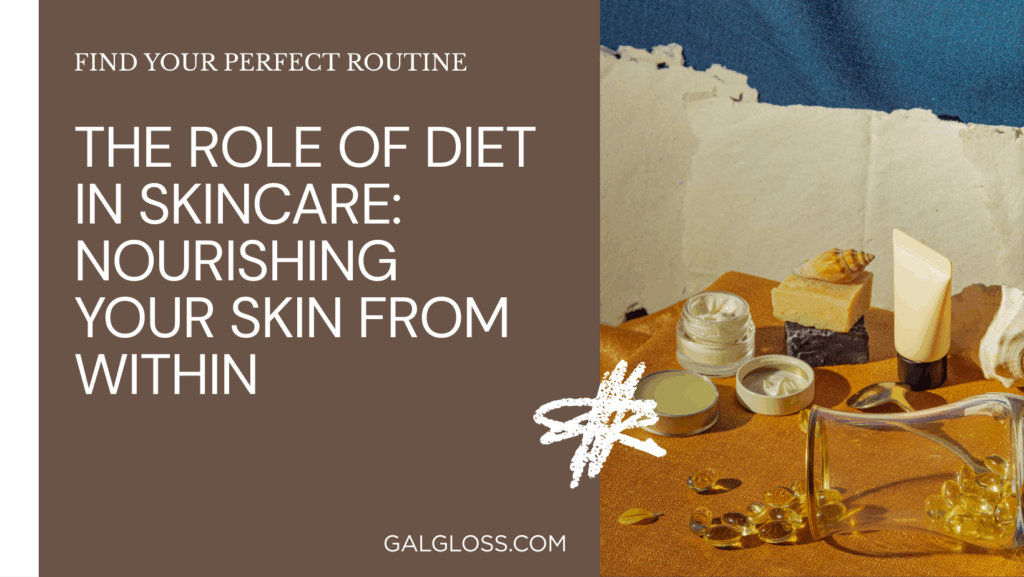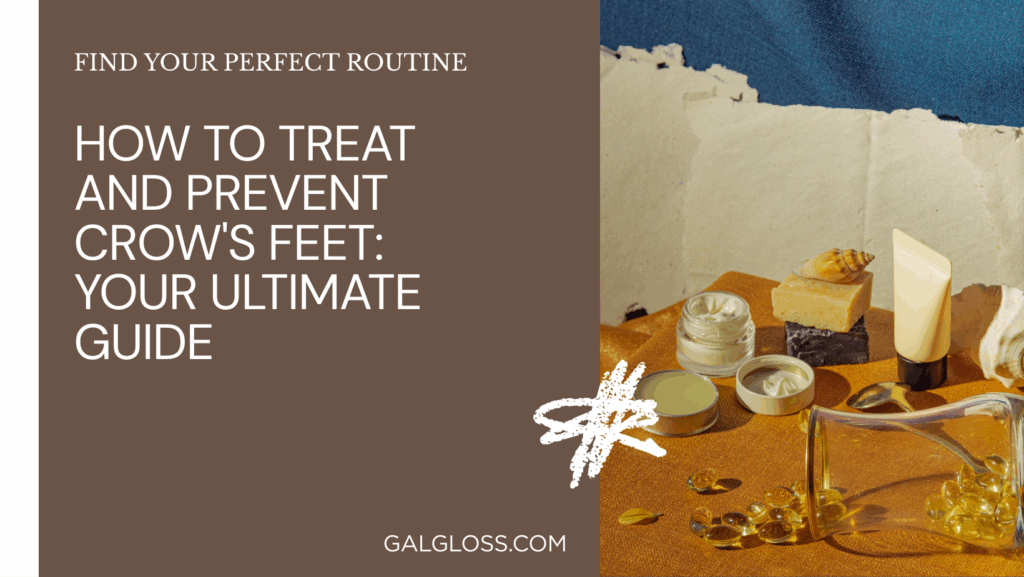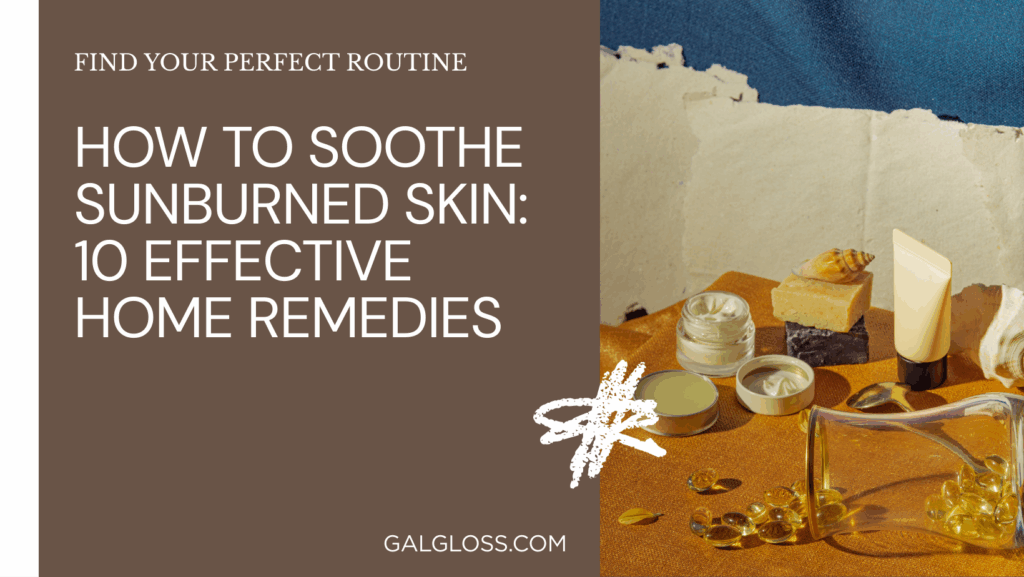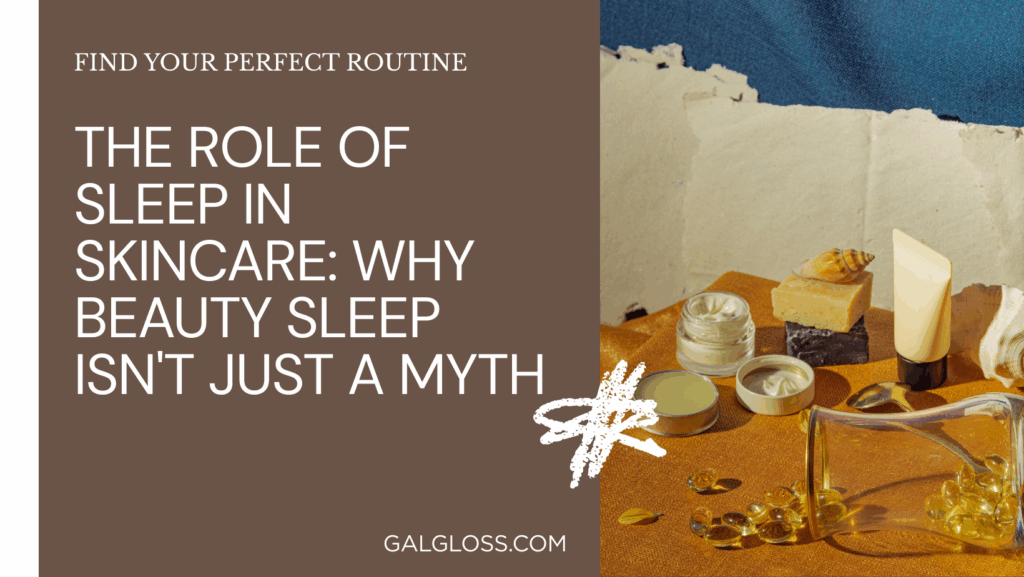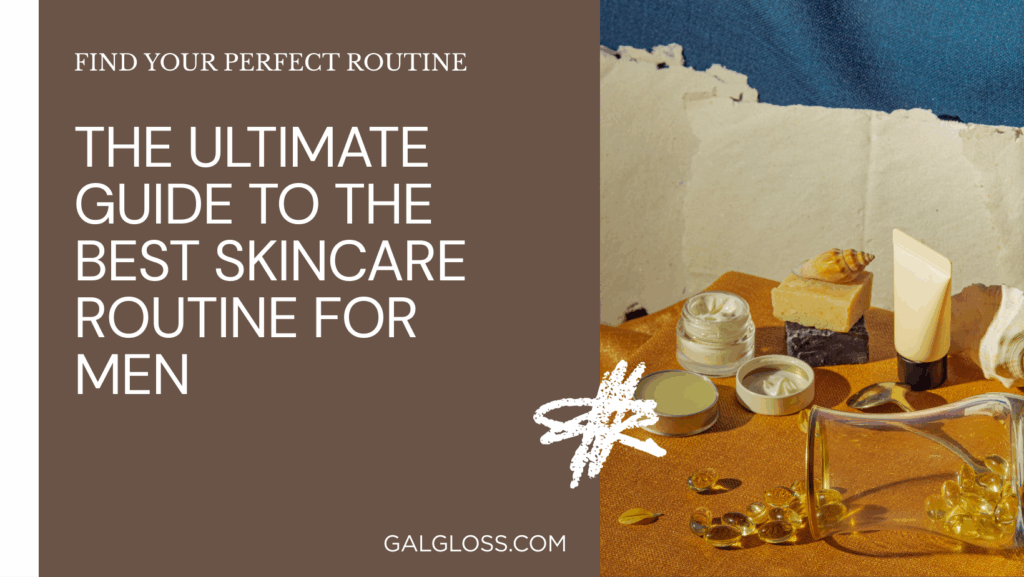Before we jump into treatment, let’s talk about what we’re dealing with. Sunburn is your skin’s reaction to too much ultraviolet (UV) radiation. It’s like your skin throwing a tantrum because you stayed out in the sun too long. The result? Redness, pain, and sometimes even blistering. Ouch!
There are two main types of sunburn:
- First-degree burns: These affect the outer layer of skin and cause redness and pain.
- Second-degree burns: These go deeper, causing blistering along with the redness and pain.
Now that we know what we’re up against, let’s look at how to tackle it.
Immediate Relief: First Aid for Your Fried Skin
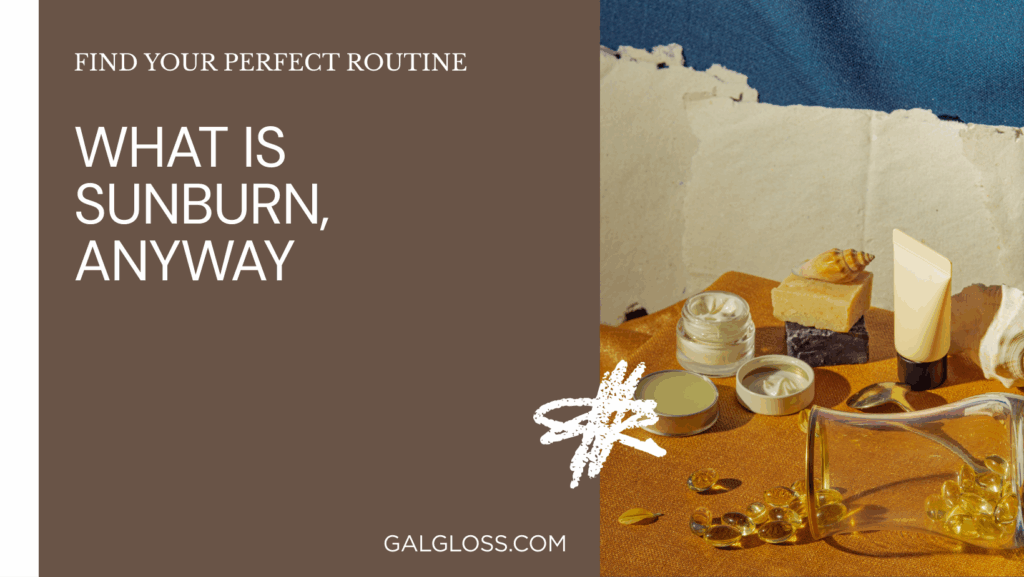
When you first realize you’re burned, your skin is screaming for help. Here’s what you can do right away:
- Cool it down: Apply a cool, damp cloth to the affected area. It’s like giving your skin a refreshing drink.
- Aloe vera to the rescue: This green goo is nature’s sunburn soother. Apply generously and often.
- Pop a pill: Take an over-the-counter pain reliever like ibuprofen to help with pain and inflammation.
Remember, the goal here is to cool the skin and reduce inflammation. Think of it as putting out the fire on your skin!
Home Remedies: Raid Your Kitchen for Relief
Your kitchen isn’t just for cooking – it’s also a treasure trove of sunburn remedies. Here are some home treatments that can help:
- Oatmeal bath: Sounds like breakfast, works like magic. Soak in a cool bath with colloidal oatmeal to soothe your skin.
- Apple cider vinegar: Mix equal parts water and ACV, apply with a soft cloth. It’s like a spa treatment for your sunburn.
- Cucumber slices: Place cool cucumber slices on the burned areas. It’s not just for spa days and salads!
These remedies work by cooling the skin, reducing inflammation, and providing moisture. They’re like a soothing lullaby for your angry skin.
When to Call in the Pros: Medical Treatments for Severe Sunburn
Sometimes, sunburn can be more serious than just a red, painful inconvenience. If you experience any of these symptoms, it’s time to see a doctor:
- Severe blistering
- High fever
- Extreme pain
- Signs of dehydration
- Dizziness or confusion
In these cases, a doctor might prescribe:
- Oral steroids to reduce inflammation
- Special burn creams
- IV fluids if you’re dehydrated
Remember, it’s always better to be safe than sorry when it comes to your health!
Long-Term Care: Nursing Your Skin Back to Health
Once the immediate fire is out, it’s time for some TLC. Here’s how to care for your skin in the days following a sunburn:
- Moisturize, moisturize, moisturize: Use a gentle, fragrance-free moisturizer to keep your skin hydrated. Think of it as giving your skin a big, comforting hug.
- Handle with care: If your skin starts to peel, resist the urge to pick at it. Let it come off naturally. Your skin is shedding its damaged cells – don’t interrupt the process!
- Hydrate from the inside out: Drink plenty of water. Your skin needs hydration from the inside too.
- Dress for success: Wear loose, soft clothing that won’t irritate your skin. Think soft cotton, not scratchy wool.
An Ounce of Prevention: Avoiding Future Sunburns
The best way to treat a sunburn is to prevent it in the first place. Here are some tips to keep your skin safe:
- Slather on the sunscreen: Use a broad-spectrum sunscreen with at least SPF 30. Reapply every 2 hours, or more often if you’re swimming or sweating.
- Cover up: Wear protective clothing, including a wide-brimmed hat and UV-blocking sunglasses.
- Timing is everything: Avoid the sun during peak hours, usually between 10 am and 4 pm.
- Seek the shade: When you’re outside, find a shady spot. It’s like nature’s sunscreen!
The Dark Side of Sunburn: Potential Complications
Untreated sunburn isn’t just painful – it can lead to some serious issues:
- Skin damage: Repeated sunburns can lead to wrinkles, dark spots, and a leathery texture. Not the look most of us are going for!
- Increased skin cancer risk: Each sunburn increases your risk of developing skin cancer.
- Dehydration: Severe sunburns can lead to dehydration, which can be dangerous if not addressed.
FAQs: You Asked, We Answered
Q: How long does sunburn last? A: Most sunburns heal within 3-5 days, but more severe burns can take several weeks.
Q: Can I use ice on sunburn? A: It’s best to avoid applying ice directly to sunburned skin as it can cause further damage. Stick to cool compresses instead.
Q: Is it safe to pop sunburn blisters? A: No! Popping blisters can lead to infection and slow healing. Let them heal naturally.
Wrapping It Up: The Sunny Side of Sunburn Care
Dealing with sunburn isn’t fun, but with these tips, you’ll be back to your cool, comfortable self in no time. Remember, the best treatment for sunburn is prevention. So next time you head out, don’t forget your sunscreen!
Take care of your skin, and it’ll take care of you. After all, it’s got you covered – literally!
